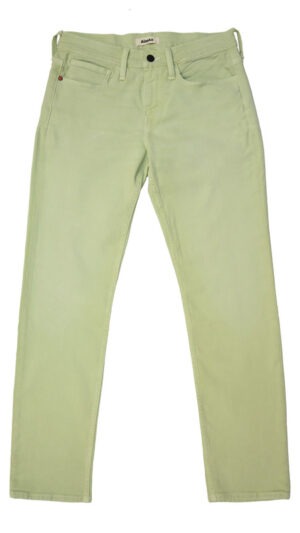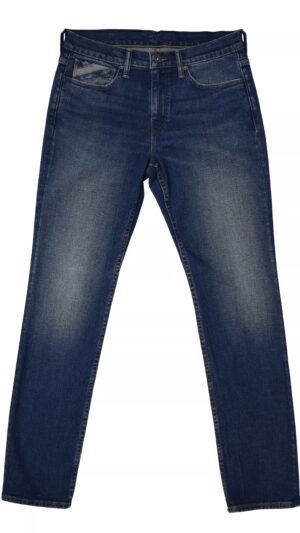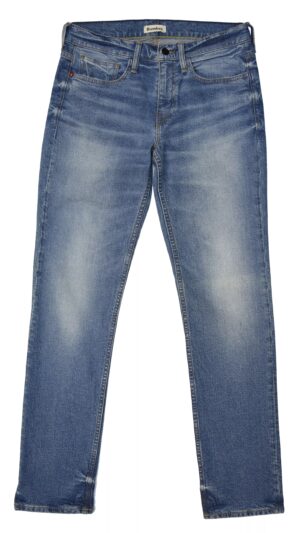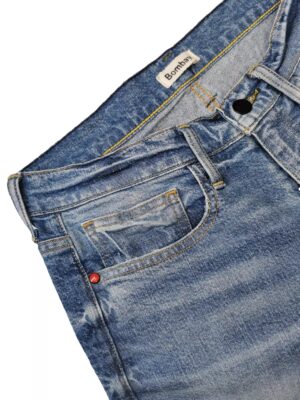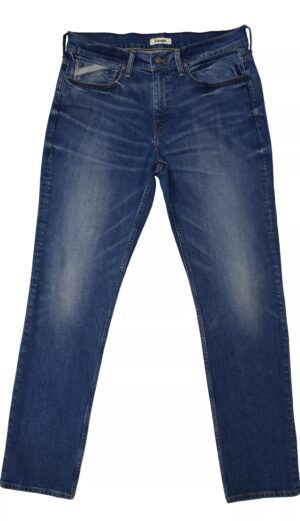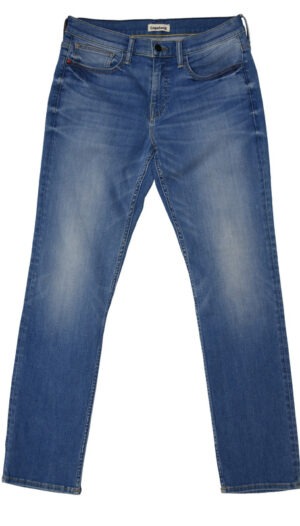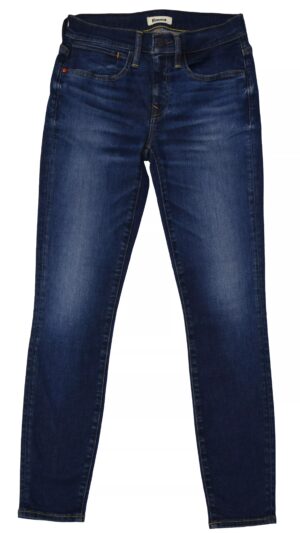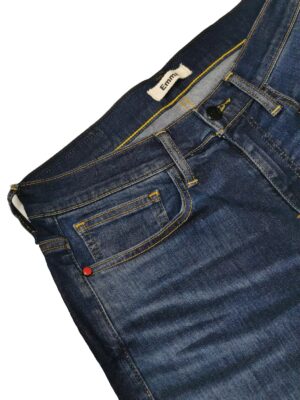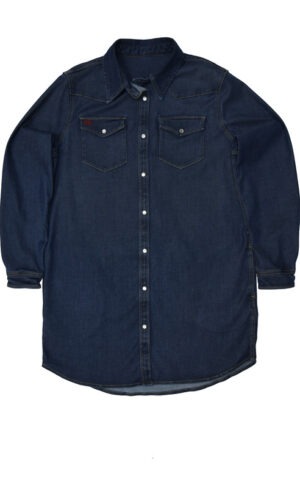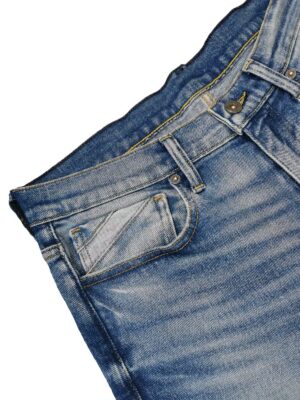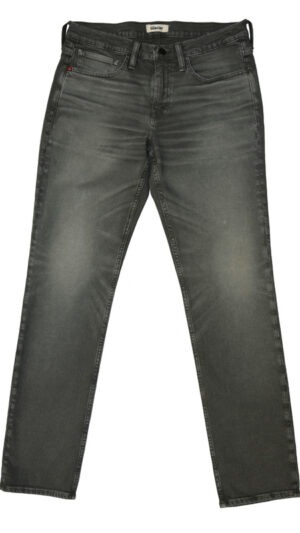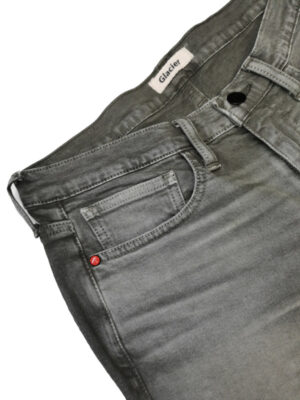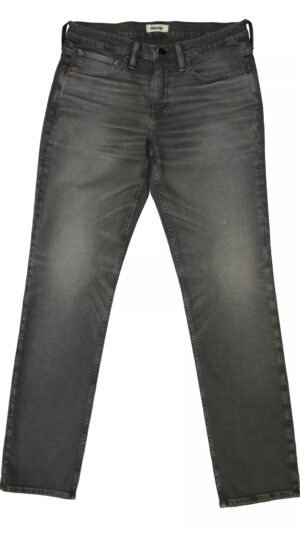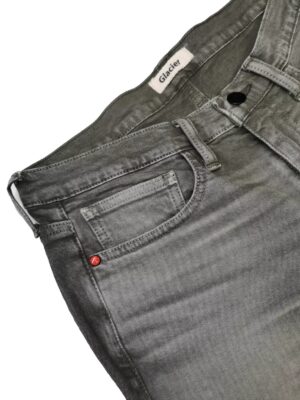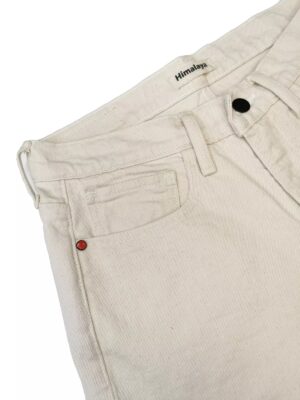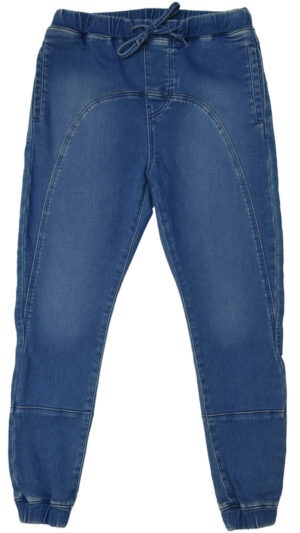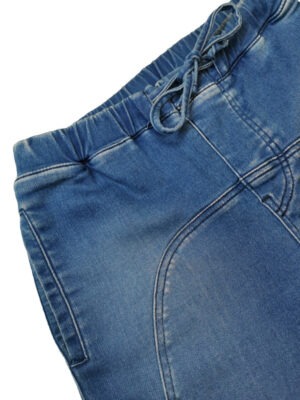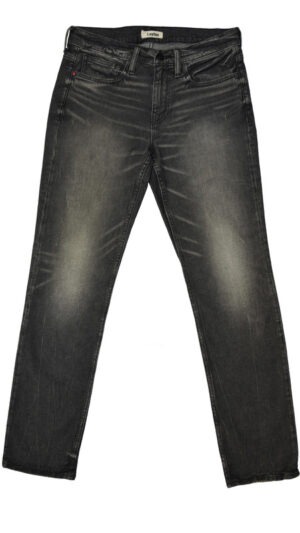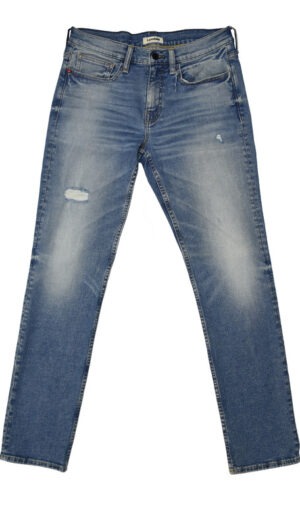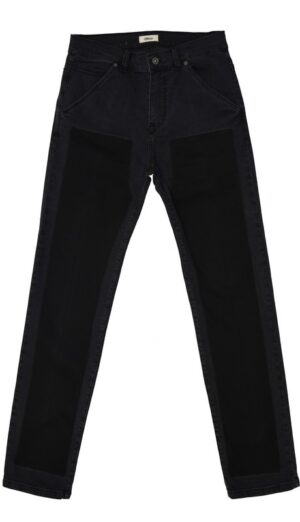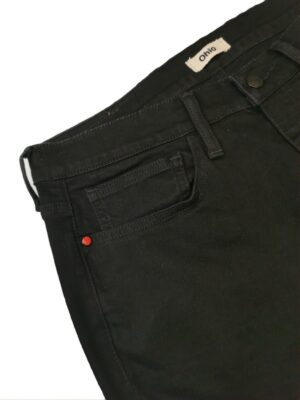What is Sustainable denim ?
Denim has been used since the mid 19th century, and became more popular when Jacob W. Davis manufactured the first pair of rivet-reinforced denim trousers. In 1873, Davis and another tailor named Levi Strauss created a patent on the process of putting rivets in men’s work pants for the very first time. Thus, the blue jean was born. Little did they know that they would later become the most popular apparel on earth.
Denim is made from a sturdy cotton twill fabric, woven with yarn that can be indigo, gray or mottled. They are usually made entirely of cotton but some quantities are of a cotton-synthetic mixture. The cotton is spun into yarn, the yarn is dyed and woven and then finally the end product is sanforized.
As we become more conscious of sustainability we ask ourselves – how does denim affect the environment? The next time you browse for denim jeans, try to find sustainable options. The major effects of denim on the environment are the high amounts of water consumption and chemicals used. A lot of denim is made with synthetic fibers that don’t naturally biodegrade.
Which is why fashion brands are pushing incentives to make denim with recycled materials and non-synthetic fibres to reduce waste levels that the fashion industry contributes to the natural environment.
So for this upcoming denim day on April 28th, maybe you’ll make the conscious decision to switch to sustainable denim. Research which of your favourite brands are now offering eco-friendly options for their denim collections!
.
